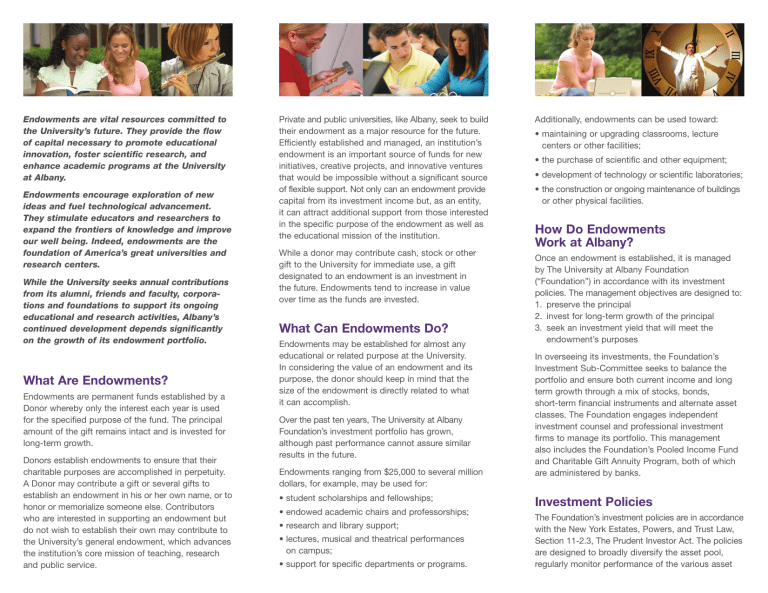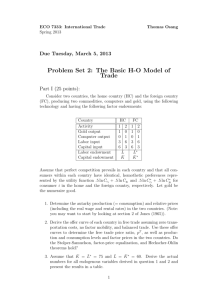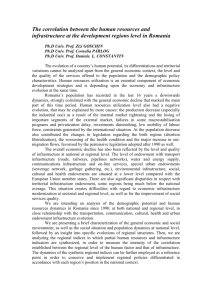Endowments are vital resources committed to

Endowments are vital resources committed to the University’s future. They provide the flow of capital necessary to promote educational innovation, foster scientific research, and enhance academic programs at the University at Albany.
Endowments encourage exploration of new ideas and fuel technological advancement.
They stimulate educators and researchers to expand the frontiers of knowledge and improve our well being. Indeed, endowments are the foundation of America’s great universities and research centers.
While the University seeks annual contributions from its alumni, friends and faculty, corporations and foundations to support its ongoing educational and research activities, Albany’s continued development depends significantly on the growth of its endowment portfolio.
What Are Endowments?
Endowments are permanent funds established by a
Donor whereby only the interest each year is used for the specified purpose of the fund. The principal amount of the gift remains intact and is invested for long-term growth.
Donors establish endowments to ensure that their charitable purposes are accomplished in perpetuity.
A Donor may contribute a gift or several gifts to establish an endowment in his or her own name, or to honor or memorialize someone else. Contributors who are interested in supporting an endowment but do not wish to establish their own may contribute to the University’s general endowment, which advances the institution’s core mission of teaching, research and public service.
Private and public universities, like Albany, seek to build their endowment as a major resource for the future.
Efficiently established and managed, an institution’s endowment is an important source of funds for new initiatives, creative projects, and innovative ventures that would be impossible without a significant source of flexible support. Not only can an endowment provide capital from its investment income but, as an entity, it can attract additional support from those interested in the specific purpose of the endowment as well as the educational mission of the institution.
While a donor may contribute cash, stock or other gift to the University for immediate use, a gift designated to an endowment is an investment in the future. Endowments tend to increase in value over time as the funds are invested.
What Can Endowments Do?
Endowments may be established for almost any educational or related purpose at the University.
In considering the value of an endowment and its purpose, the donor should keep in mind that the size of the endowment is directly related to what it can accomplish.
Over the past ten years, The University at Albany
Foundation’s investment portfolio has grown, although past performance cannot assure similar results in the future.
Endowments ranging from $25,000 to several million dollars, for example, may be used for:
• student scholarships and fellowships;
• endowed academic chairs and professorships;
• research and library support;
• lectures, musical and theatrical performances on campus;
• support for specific departments or programs.
Additionally, endowments can be used toward:
• maintaining or upgrading classrooms, lecture centers or other facilities;
• the purchase of scientific and other equipment;
• development of technology or scientific laboratories;
• the construction or ongoing maintenance of buildings or other physical facilities.
How Do Endowments
Work at Albany?
Once an endowment is established, it is managed by The University at Albany Foundation
(“Foundation”) in accordance with its investment policies. The management objectives are designed to:
1. preserve the principal
2. invest for long-term growth of the principal
3. seek an investment yield that will meet the endowment’s purposes
In overseeing its investments, the Foundation’s
Investment Sub-Committee seeks to balance the portfolio and ensure both current income and long term growth through a mix of stocks, bonds, short-term financial instruments and alternate asset classes. The Foundation engages independent investment counsel and professional investment firms to manage its portfolio. This management also includes the Foundation’s Pooled Income Fund and Charitable Gift Annuity Program, both of which are administered by banks.
Investment Policies
The Foundation’s investment policies are in accordance with the New York Estates, Powers, and Trust Law,
Section 11-2.3, The Prudent Investor Act. The policies are designed to broadly diversify the asset pool, regularly monitor performance of the various asset
classes, and meet with investment counsel and the various investment managers.
Copies of the Foundation’s detailed investment policies and guidelines are available on the Foundation’s
Internet web page (albany.edu/uafoundation) and upon request.
Endowment Returns
The value of an endowment is based on the total return of the Foundation’s investment portfolio for the year. The total return includes capital appreciation
(or depreciation), interest, dividends, and any other income associated with the investment portfolio.
Each year, a portion of the total return is made available for expenditure for the purpose of the endowment, e.g. scholarships, library purchases, awards, etc. Any excess return is credited to the endowment principal minus an administrative fee to help with investment, management and operational expenses.
Over long periods of time, endowment values grow to keep pace with inflation and meet the established objectives of the fund.
Active Endowments
Here are examples of endowments currently providing resources for a variety of educational purposes:
Michael, ’84 and Erica, ’85 Olin funded an endowment to provide a four-year Olin Presidential Scholarship to students who are accepted into the Presidential
Scholars Program.
Through a bequest from Mrs. Gertrude Thompson , a friend of the University, the Ray Falconer Chair was established in the Atmospheric Sciences Research
Center in memory of Ray, a well-know weather broadcaster and ACRC researcher.
Ms. Evelyn M. Tarplee, ’32 established the Tarplee
Library Technology Fund through a bequest that will support the purchase of high tech equipment and systems for the University’s three libraries.
The Adrienne Zimberg, ’83 Endowment , which sponsors undergraduate student research awards, was established in her memory by her friends and family. The recipients work on research projects under the direction of faculty members.
The Richard H. Thorns, ’60 Endowment , funded through his bequest, supports an annual lecture in English Literature. The invited lecturers are scholars in this discipline.
The Douglas Malcolm Hastings Music Award was established in his memory by his parents, Professors
Iliana Semmler and George Hastings . It is awarded with preference given to outstanding piano performance.
The Arvid J. ’28 and Mary A. Burke Fellowship in
Biology was funded by Dr. and Mrs. Burke to support the biological sciences. Dr. Burke, an alumnus, was a distinguished professor of Education for many years and an expert on school finance.
Through her estate plan, Professor Emeritus M. E.
Grenander , established a Center for Alternatives to
Animal Testing. The awards to faculty researchers are made in memory of her grandparents and carry their names — the Hannah R. E. and Arvy I. Whitney Awards .
For additional information, please contact:
Sorrell E. Chesin, Ph.D., Associate Vice President
Office of University Development
University at Albany, SUNY
1400 Washington Avenue, UAB-226
Albany, NY 12222
(518) 437-5090 • (888) 226-5600 Toll-free schesin@uamail.albany.edu
Endowments
Today.
Tomorrow.
Forever.




